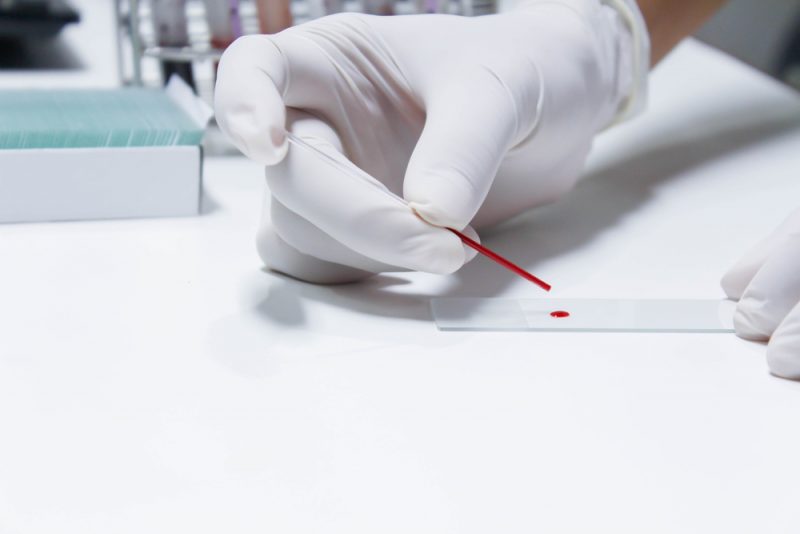Blood Biomarker May Help Predict IPF Survival
Written by |

Investigators have discovered a new biomarker in a molecule called cutaneous T-cell-attracting chemokine, or CTACK, that may help determine the course of idiopathic pulmonary fibrosis (IPF).
The discovery was detailed in the study, “Cutaneous T-cell-attracting chemokine as a novel biomarker for predicting prognosis of idiopathic pulmonary fibrosis: a prospective observational study,” published in the journal Respiratory Research.
How each case of IPF develops — its severity and speed of progression, for instance — varies from person to person. Accurately predicting the course of the disease remains a challenge, with no blood biomarkers yet established to enable an accurate prognosis.
In an attempt to expand the search for these molecules, researchers at Kyoto University Graduate School of Medicine and their colleagues examined how the levels of 48 molecules found in the blood of IPF patients related to disease severity and survival.
Investigators first sampled and compared the levels of the various molecules in the blood of 100 IPF patients (discovery group) and 32 healthy individuals (controls).
They then predicted, based on their findings, which molecules would be more likely to be associated with disease severity and survival. Finally, they tested these predictions in a separate set of 81 IPF patients (validation group), who had not yet been treated for their condition.
Of the 48 molecules tested, 18 appeared to be consistently elevated in the blood of IPF patients from the discovery group compared with controls. Four of these 18 molecules — interleukin-1 receptor alpha (IL-1Rα), interleukin-8 (IL-8), macrophage inflammatory protein 1 alpha (MIP-1α), and CTACK — also were found to be associated with overall survival.
Of those four, only CTACK had no known associations with IPF, drawing the scientists’ attention.
“No previous study had evaluated CTACK as a potential biomarker of disease progression and survival in IPF,” they wrote.
CTACK continued to correlate with survival in the validation group and was found to be expressed, or produced, significantly in lung cells of IPF patients, alongside CCR10, a cell surface receptor known to promote the invasion of fibroblasts (connective tissue cells) into the lungs and the buildup of collagen, a hallmark of tissue scarring (fibrosis).
Previously believed to be specific to the skin, CTACK’s role in the lungs has not been investigated yet. Its functions include promoting the growth of blood vessels, as well as tumor cell proliferation and migration. These activities all relate to tissue remodeling, a major feature of IPF. This could mean, the scientists suggested, that CTACK contributes to fibrosis in IPF by inducing tissue inflammation and repair.
“We demonstrated for the first time that CTACK is a potential serum biomarker of IPF and evaluated its localization in IPF lung tissue,” the researchers wrote, adding that “the roles of CTACK in the pathogenesis [development] of IPF warrant further research.”






